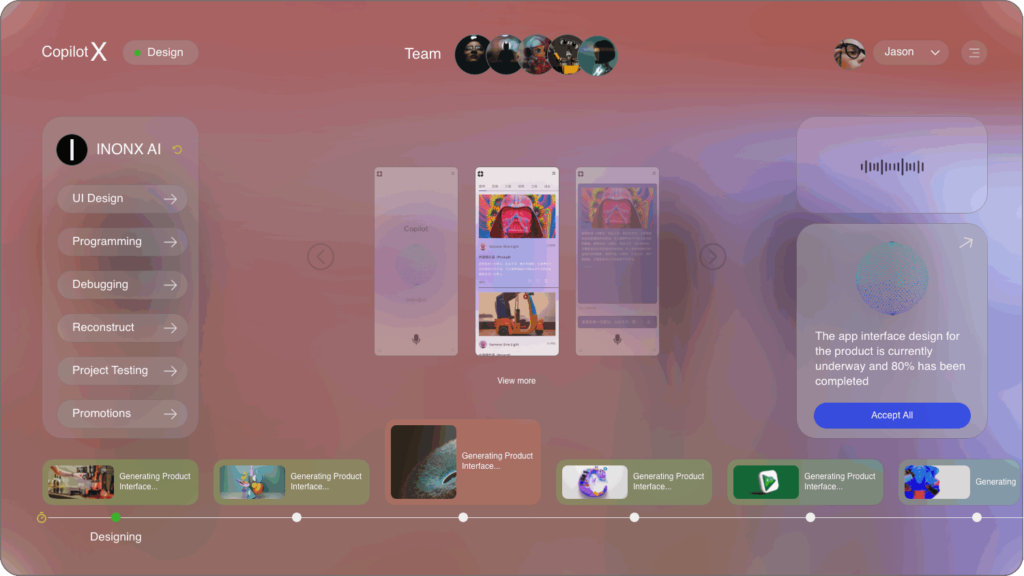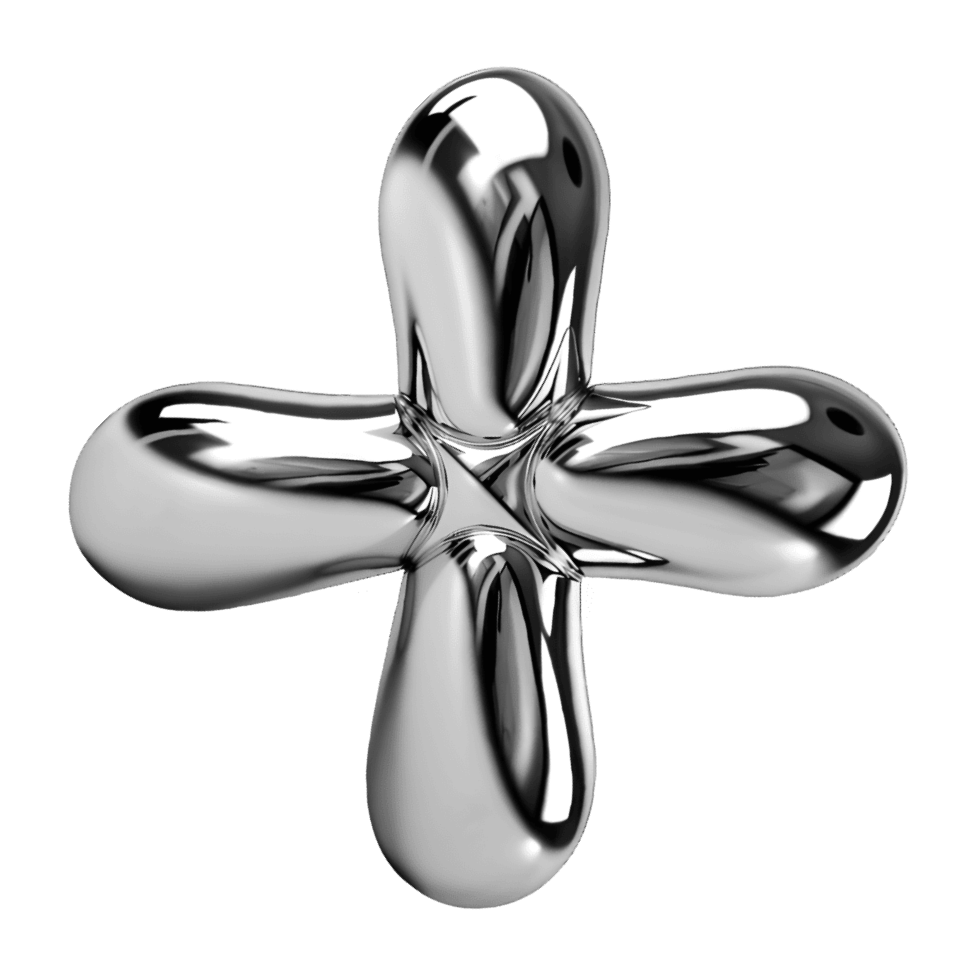In recent years, advancements in artificial intelligence (AI) have permeated various industries, streamlining processes and enhancing productivity. One of the companies making significant strides in this domain is Oort, a pioneering organization focused on automated design solutions. Oort leverages AI to transform the design landscape, providing tools that enable architects, engineers, and product designers to create more efficiently and effectively. This article delves into Oort’s innovative approach to automated design, the role of AI in revolutionizing this space, and the implications for the future of design industries.
Oort’s platform epitomizes the intersection of creativity and technology, integrating AI algorithms that automate design tasks. By utilizing generative design techniques, Oort allows users to input specific parameters and requirements, resulting in multiple design options generated by the AI. This significantly reduces the time and effort required for the design process. A prime example of generative design in action can be found in architecture, where Oort’s tools allow architects to experiment with form, structure, and materials in ways that were previously unfeasible.
The application of AI in automated design extends beyond aesthetic considerations; it also positively impacts functionality and sustainability. Oort’s algorithms can analyze vast sets of data regarding materials, environmental conditions, and regulatory requirements, offering insights that guide designers toward more sustainable choices. The result is not only a quicker design process but one that aligns with modern sustainability goals, reflecting a growing demand for environmentally conscious design practices.
Moreover, Oort’s collaborative design features enable teams to work seamlessly from different locations. With the increase in remote work and collaboration due to the pandemic, tools that facilitate real-time communication and shared design capabilities have become indispensable. Oort’s platform supports this evolution, incorporating cloud-based storage and collaborative features that allow multiple users to engage in the design process simultaneously. This fosters creativity and innovation, allowing diverse perspectives to inform the final design.
**Telehealth Robots: The Future of Healthcare Delivery**
As the world continues to grapple with the challenges posed by the COVID-19 pandemic, the integration of AI into telehealth solutions has emerged as a vital element in healthcare. Telehealth robots, powered by artificial intelligence, have gained prominence in providing remote medical services, enhancing patient care, and streamlining healthcare processes. These cutting-edge devices can facilitate consultations, monitor patients, and even assist in surgeries, offering a glimpse into the future of healthcare delivery.
One of the standout features of telehealth robots is their ability to perform remote consultations. Equipped with cameras, microphones, and diagnostic tools, these robots can connect patients with healthcare professionals, regardless of their location. This technology is particularly beneficial for individuals in remote areas or those with mobility challenges. Telehealth robots not only bridge the gap between patients and providers but also reduce the burden on healthcare facilities by minimizing in-person visits.
AI plays a critical role in the functionality of these robots. By analyzing patient data and symptoms, telehealth robots can assist medical professionals in making informed decisions. For instance, they can track patients’ vital signs and alert healthcare providers about any concerning changes. Such capabilities are especially crucial in managing chronic conditions or in situations where timely interventions can significantly impact patient outcomes.
Furthermore, telehealth robots showcase the potential for AI-powered diagnostics. Some robots are equipped with machine learning algorithms that can analyze patient data and provide preliminary assessments. This streamlines the diagnostic process, enabling healthcare professionals to focus on higher-level care and treatment strategies. As AI continues to evolve, the accuracy and reliability of these systems are expected to improve, further solidifying their role in modern healthcare.
While telehealth robots present numerous advantages, they also raise important ethical and practical considerations. Questions about data privacy and security are paramount, as these devices handle sensitive patient information. Ensuring robust cybersecurity measures will be critical in maintaining patient trust and compliance with healthcare regulations.
**Conclusion**
Artificial intelligence is transforming diverse fields, including automated design and telehealth. Companies like Oort are at the forefront of automated design, utilizing AI to simplify and optimize creative processes, while telehealth robots are reshaping how healthcare is delivered. These developments signal a profound shift in both design and healthcare, demonstrating how technology can enhance efficiency and improve outcomes.
The future of AI in these realms holds even more promise, with continuous advancements expected. Telehealth robots may evolve to provide even more personalized care, harnessing data to tailor treatment plans for individual patients. Similarly, automated design tools will likely become even more sophisticated, allowing for greater creativity and unprecedented design possibilities.
In summary, the intersection of AI with areas such as automated design and telehealth robots illustrates the transformative power of technology. As these innovations continue to develop, they may redefine entire industries, paving the way for more efficient, sustainable, and accessible solutions. The journey is just beginning, and the prospects for the future of AI in these fields are truly exciting.
**Sources:**
1. “The Role of AI in Architecture: Generative Design & Automated Processes,” Journal of Architectural Computing, 2023.
2. “Telehealth Robots: A New Era in Remote Healthcare,” Healthcare Innovation, 2023.
3. Oort’s official website, www.oort.design, accessed October 2023.
4. “AI Technologies in Telemedicine: Current Applications and Future Directions,” Journal of Medical Internet Research, 2023.
This exploration into the latest developments in AI underscores the profound impact these technologies are making in improving efficiencies, enhancing design capabilities, and transforming healthcare delivery, thereby shaping a more innovative and responsive world.


























